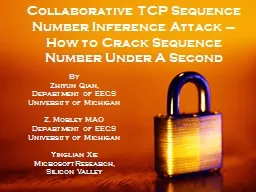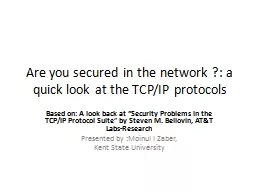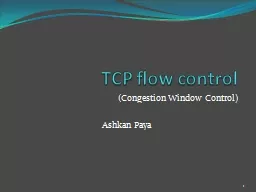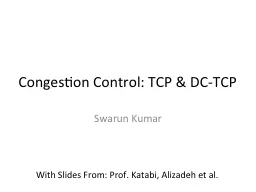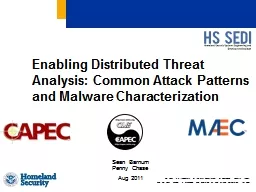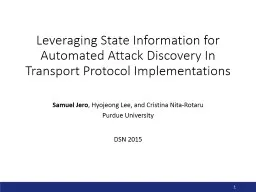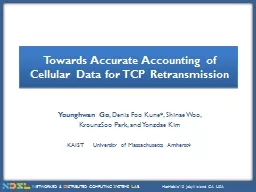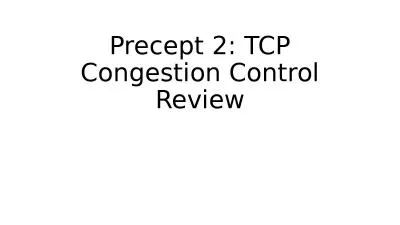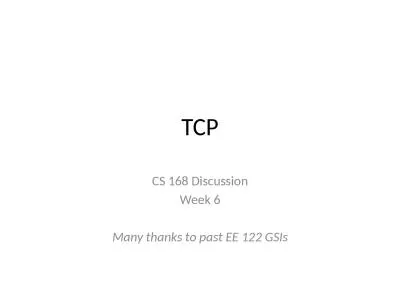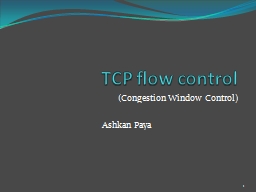PPT-Collaborative TCP Sequence Number Inference Attack —
Author : karlyn-bohler | Published Date : 2018-12-07
How to Crack Sequence Number Under A Second By arararPr langenUS sz2000 dirty0 err1asolidFillaschemeClr valbg1asolidFillalatin typefaceCopperplate Gothic Bold panose020E0705020206020404
Presentation Embed Code
Download Presentation
Download Presentation The PPT/PDF document "Collaborative TCP Sequence Number Infere..." is the property of its rightful owner. Permission is granted to download and print the materials on this website for personal, non-commercial use only, and to display it on your personal computer provided you do not modify the materials and that you retain all copyright notices contained in the materials. By downloading content from our website, you accept the terms of this agreement.
Collaborative TCP Sequence Number Inference Attack —: Transcript
Download Rules Of Document
"Collaborative TCP Sequence Number Inference Attack —"The content belongs to its owner. You may download and print it for personal use, without modification, and keep all copyright notices. By downloading, you agree to these terms.
Related Documents

